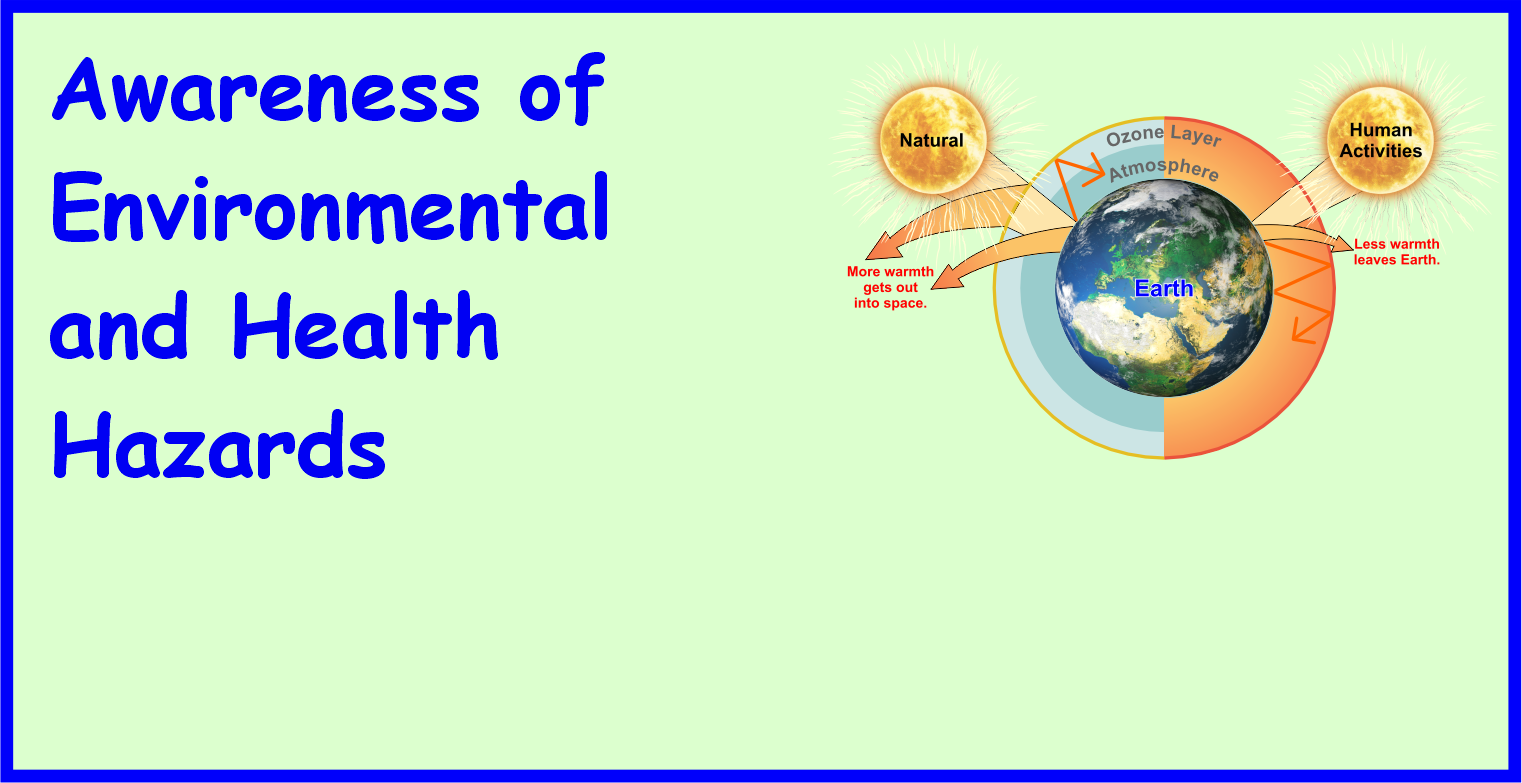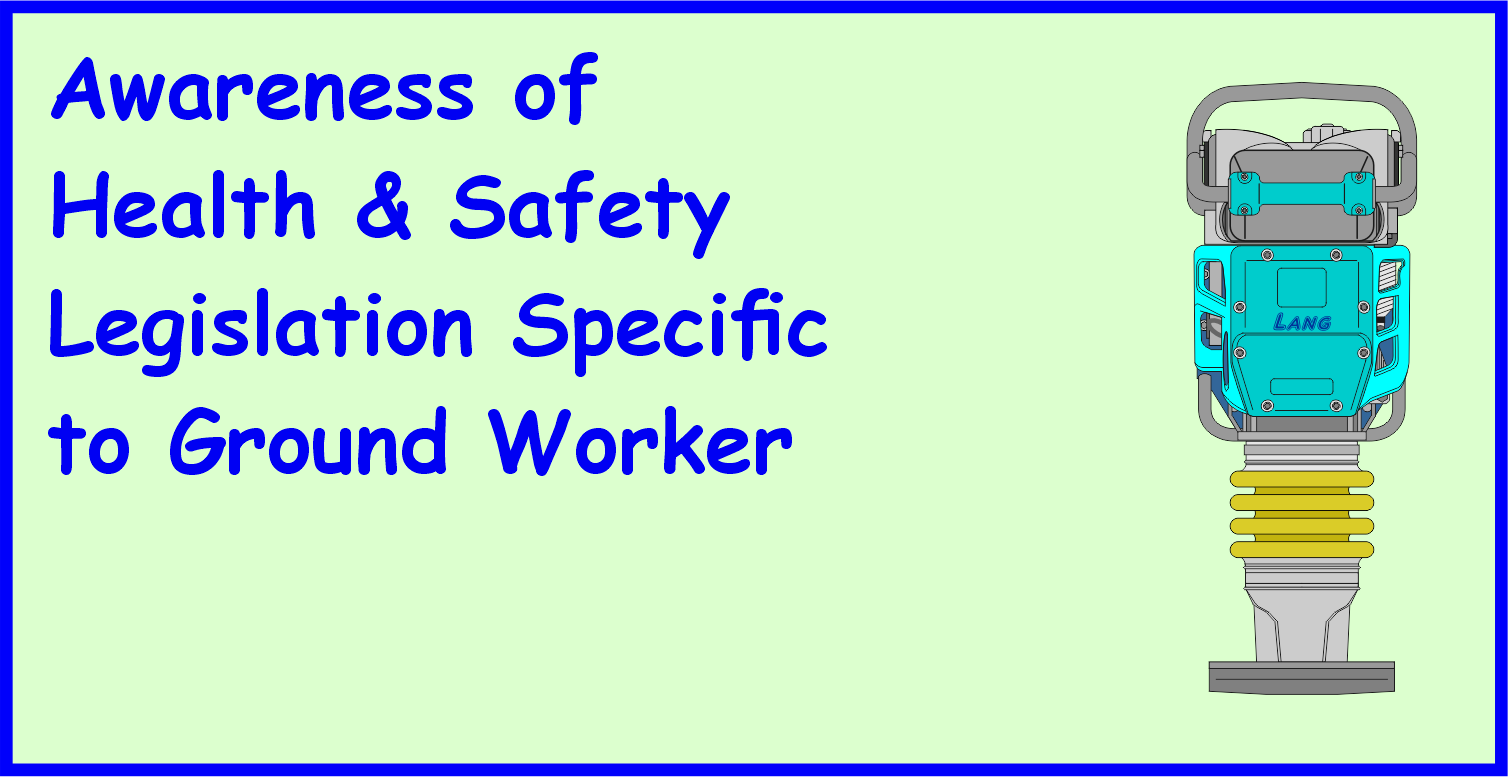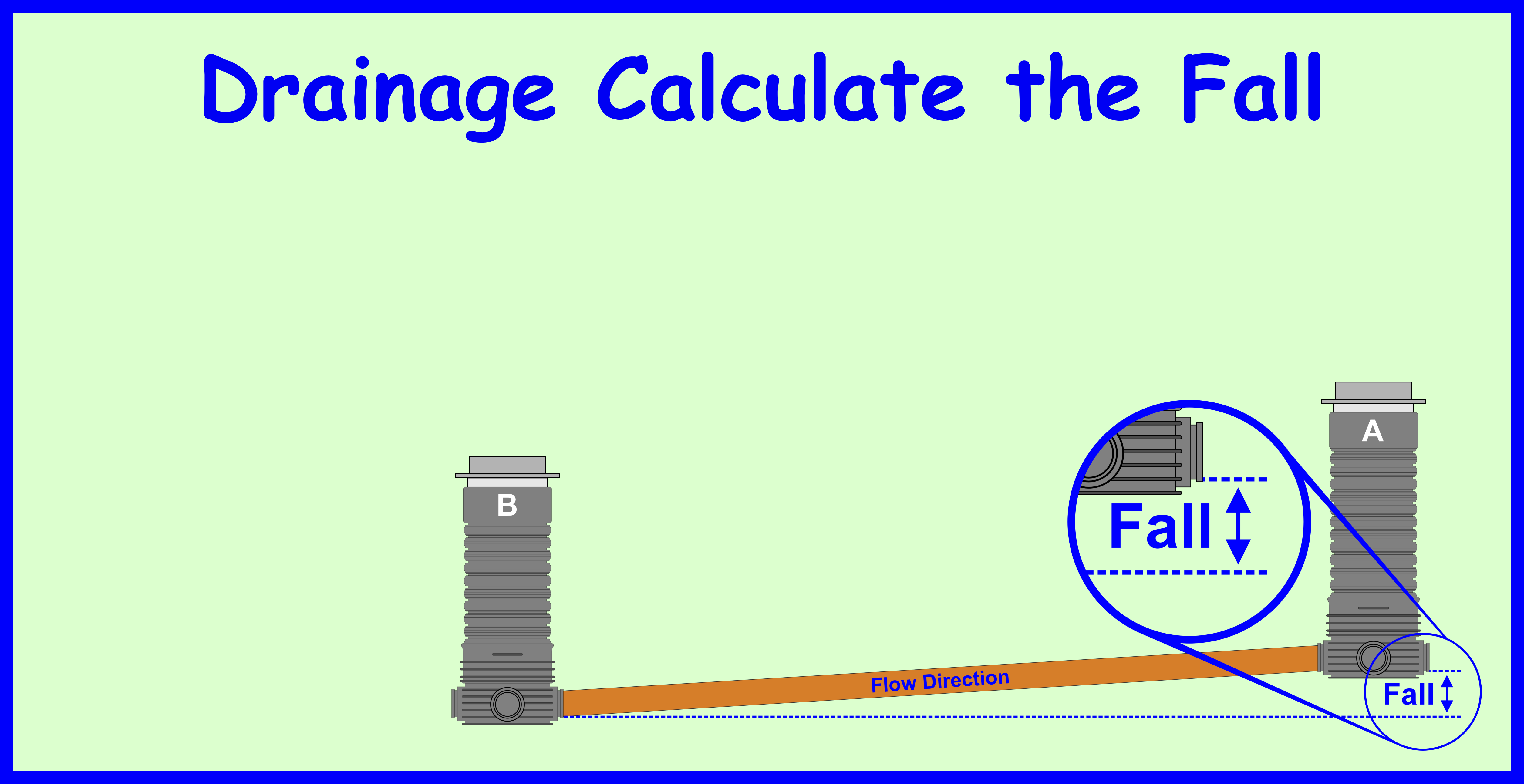Assignment 101 Task A2 The role of the Health and Safety Executive
Under the HASAWA a system of control was established, aimed at reducing death, injury and ill-health.
This system of control consists of the Health and Safety Executive (HSE).
The Executive is divided into a number of specialist inspectorates or sections which operate from local offices situated throughout the country.
From the local office, inspectors visit individual workplaces.
Note: The section with the main responsibility for the building industry is the Factory Inspectorate.

The Health and Safety Executive inspectors have been given wide powers of entry, examination and investigation in order to assist them in the enforcement of the HASAWA and earlier safety legislation.
In addition to giving employers advice and information on health and safety matters, an inspector can do the following:
1) ENTER PREMISES IN ORDER TO CARRY OUT INVESTIGATIONS:
Including the taking of measurements, photographs, recordings and samples.
The inspector may require the premises to be left undisturbed while the investigations are taking place.
2) TAKE STATEMENTS:
An inspector can ask anyone questions relevant to the investigation and also require them to sign a
declaration as to the truth of the answers.
3) CHECK RECORDS ALL BOOKS:
Records and documents required by legislation must be made available for inspection and copying.
4) GIVE INFORMATION:
An inspector has a duty to give employees or their safety representative information about the safety of
their workplace and details of any action he/she proposes to take.
This information must also be given to the employer.
HSE Inspector won’t Produce Health & Safety Policies or Complete risk assessments for companies
5) DEMAND:
The inspector can demand the seizure, dismantling, neutralising or destruction of any machinery,
equipment, material or substance that is likely to cause immediate serious personal injury.
6) ISSUE AN IMPROVEMENT NOTICE:
This requires the responsible person (employer or manufacturer etc.) to put right within a specified
period of time any minor hazard or infringement of legislation.
7) ISSUE A PROHIBITION NOTICE:
This requires the responsible person to stop immediately any activities which are likely to result in
serious personal injury.
This ban on activities continues until the situation is corrected. An appeal against an improvement or
prohibition notice may be made to an industrial tribunal.
8) PROSECUTE:
All persons, including employers, employees, self-employed, designers, manufacturers and suppliers
who fail to comply with their safety duty may be prosecuted in a magistrates’ court or in certain
Circumstances in the higher court system. Conviction can lead to unlimited fines, or a prison sentence,
or both.
Additional learning resources for this unit can be found on the following links
Task A2: The role of the Health & Safety Executive.
Task A3: Health & Safety Regulations.
Task A4: Responsibility for Health & Safety.
Task A6: Health & Safety Risks In Construction.
Task A8: Safety Sign Categories.
Task A10: Global Harmonized System Level 1.




